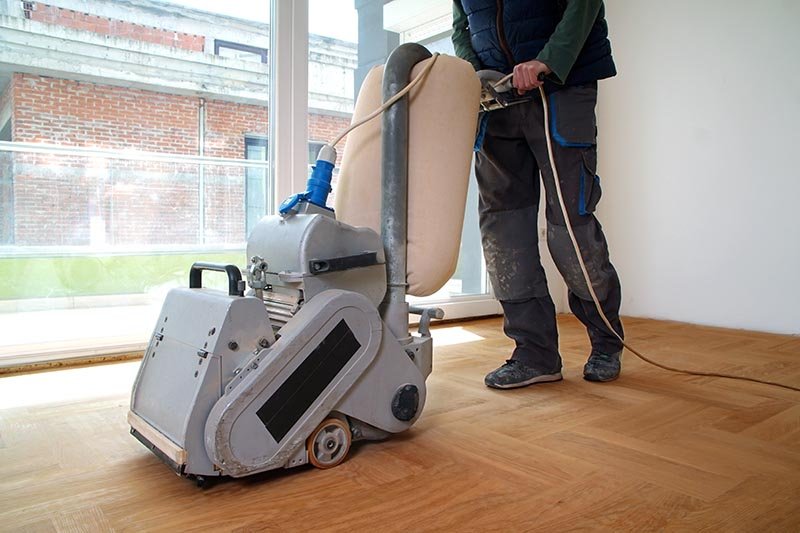Wooden floors exude timeless elegance and charm, enhancing the aesthetic appeal of any space. However, they can become worn, scratched, and dull over time, losing their lustre and beauty. Fortunately, wood floor sanding and polishing offer practical solutions for restoring the vibrancy of your hardwood floors. In recent years, dustless floor sanding has emerged as a preferred method for rejuvenating wooden floors while minimising dust and debris. Let’s explore the differences between traditional wood floor sanding, polishing, and dustless floor sanding to help you find the right fit for your needs.
Traditional Wood Floor Sanding and Polishing
Wood floor sanding and polishing have long been the go-to methods for refinishing hardwood floors. This process involves using sanding equipment to remove the top layer of wood, eliminating scratches, stains, and imperfections. Once the sanding is complete, a protective finish is applied to the surface to enhance its durability and shine.
Pros of Traditional Wood Floor Sanding and Polishing
Proven Effectiveness: Traditional wood Melbourne Floor Sanding and Polishing have been trusted for restoring hardwood floors for decades, delivering reliable results.
Versatility: This method allows for a wide range of finishes, including high-gloss, satin, and matte, catering to various aesthetic preferences.
Customisation: Homeowners can choose the type of finish and sheen level that best complements their interior décor.

Cons of Traditional Wood Floor Sanding and Polishing
Dust and Debris: One of the primary drawbacks of traditional sanding is the generation of dust and debris, which can spread throughout the property and require extensive cleanup.
Disruption: Traditional sanding can be noisy and disruptive, causing inconvenience to occupants and neighbouring properties.
Dustless Floor Sanding
Dustless floor sanding addresses the shortcomings of traditional sanding methods by employing advanced technology to minimise dust and debris during the sanding process. This method utilises specialised sanding equipment equipped with vacuum systems that capture dust at the source, preventing it from circulating in the air.
Pros of Dustless Floor Sanding
Minimal Dust and Debris: Dustless floor sanding significantly reduces airborne dust and debris, creating a cleaner and healthier environment during refinishing.
Faster Cleanup: With less dust to contend with, cleanup after dustless floor sanding is quicker and more efficient, minimising disruption to daily activities.
Enhanced Safety: Reduced dust levels improve indoor air quality and mitigate health risks associated with airborne particles.
Cons of Dustless Floor Sanding
Cost: Dustless floor sanding may incur higher upfront costs than traditional sanding methods due to the investment in specialised equipment and technology.
Availability: While dustless floor sanding is becoming increasingly popular, not all flooring contractors offer this service, limiting options for homeowners.
Choosing the Right Method for Your Needs
When deciding between traditional wood floor sanding and polishing and dustless floor sanding, consider factors such as budget, convenience, and environmental impact. If minimising dust and maintaining indoor air quality are top priorities, dustless floor sanding may be ideal for your project. However, traditional sanding and polishing may suffice if budget constraints are a concern and you’re willing to tolerate some dust and debris.

